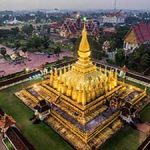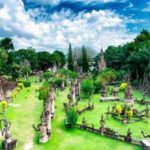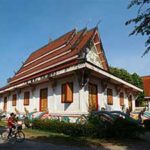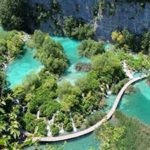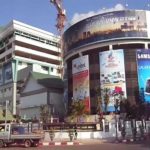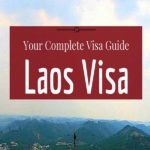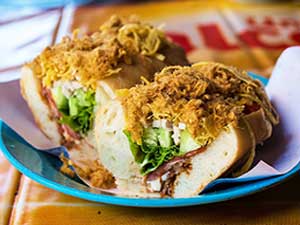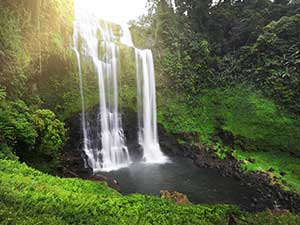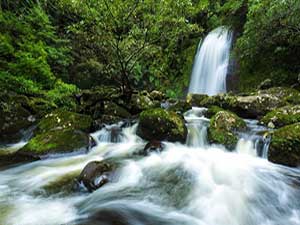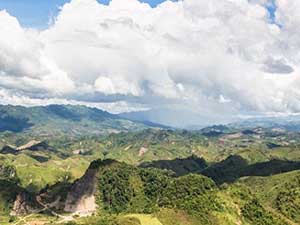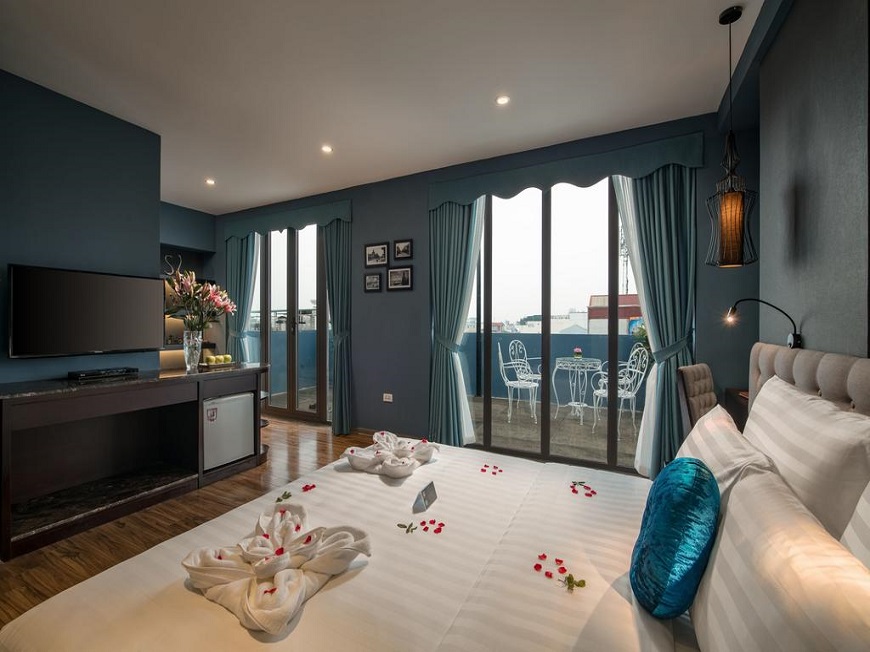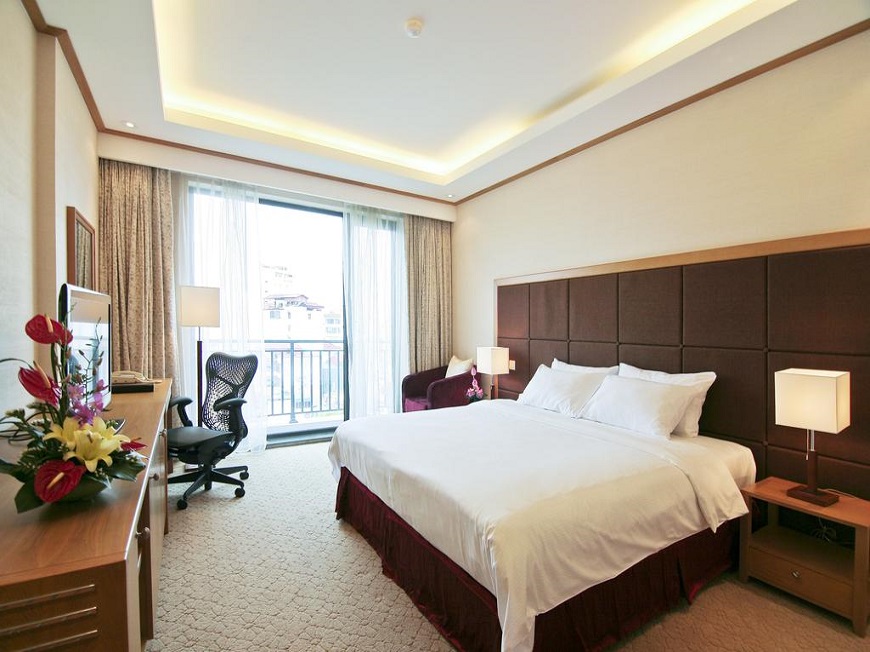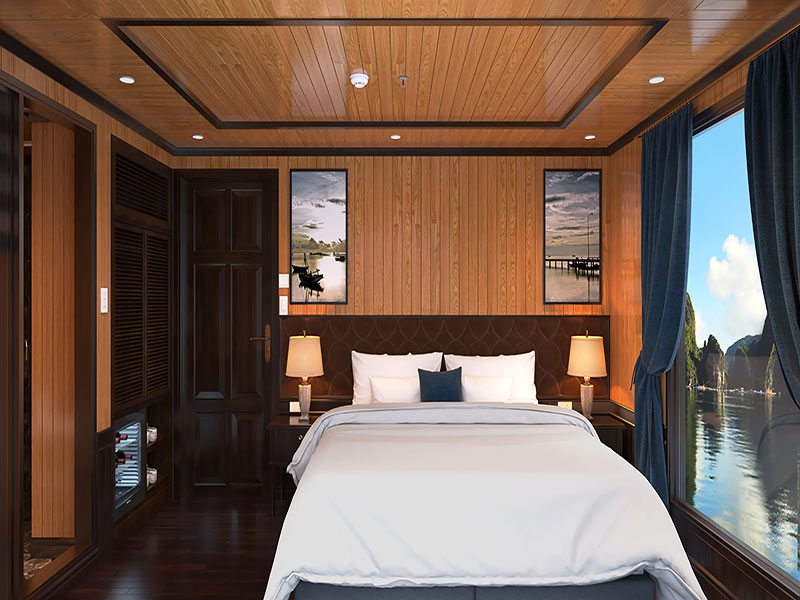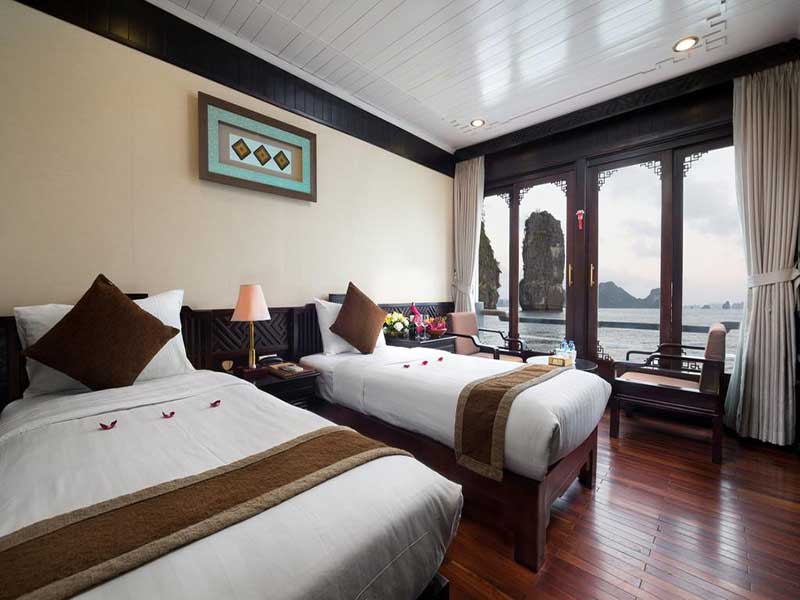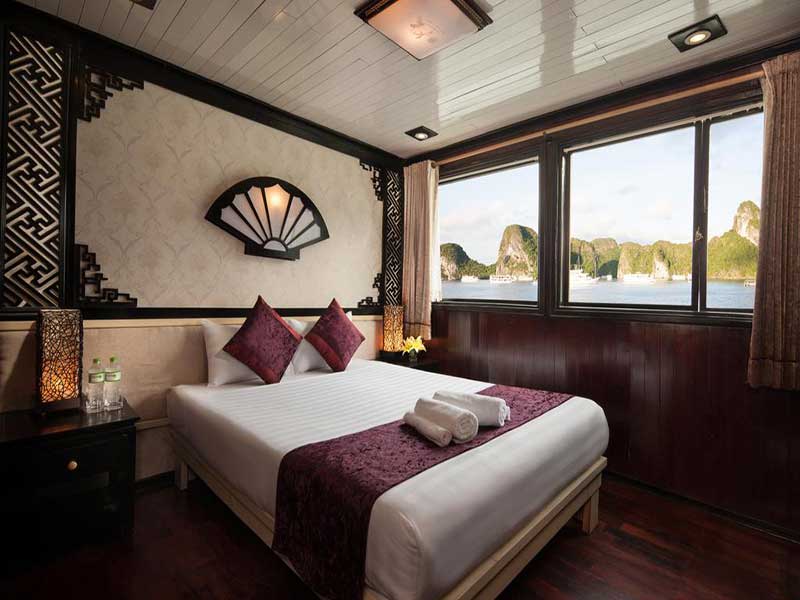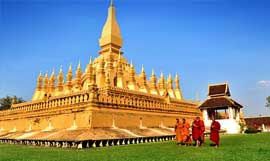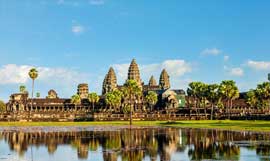Laos, formerly known as The Lao Kingdom of Lan Xang Hom Khao, has known as the “Land of a Million Elephants”. Laos lies at the confluence of the two greatest and the most powerful civilizations of Asia, which are India and China. The Lao people have absorbed the customs and beliefs of two civilization backgrounds to form their own unique culture.

(Source: The Internet)
1. Geography
Laos is a country in Southeast Asia that is not bordered by the sea. The climate in the area is tropical climate of the monsoon area with two distinct seasons: rainy season and dry season. The rainy season lasts from May to November, followed by the dry season from December to April.
The capital and largest city of Laos is Vientiane, the other major cities are: Luang Prabang, Savannakhet and Pakse.
2. National currency
Lao KIP is the main currency of Laos. The US Dollar and Thai Baht are also really popular. However, the use of credit cards is not usually accepted, except in the capital Vientiane.

(Source: The Internet)
3. Religion in Laos
Buddhism has been chosen as the national religion in Laos. There are about 60% of the population are Hinayana Buddhism. This religion was introduced into Laos from about the end of the 13th century under Fa Ngum – King of Lan Xang, but developed slowly. Toward the end of the 17th century, Buddhism was officially recognized as a national religion and included in the education program in schools.
There are also separate religions of each ethnic group. They worship the Divine according to their ancestors. Muslims and Catholics occupy very little proportion.

(Source: The Internet)
4. The people
Approximately 60% of the population is Lao in the narrow sense of the word, the dominant group in politics and culture living in the lowlands. The Lao originates from Thai immigrants from China to the south around the 1st millennium BC. 8% of the population of other lowland ethnic groups, together with Lao people, are collectively referred to as Lao Lum.
The ethnic groups living in the highlands are the H’Mong (Dao), Dao (Yao or Mien), Black Tai, Shan and some Tibetan-Burmese, living in isolated areas of Laos. Highland tribes with a mixed ethnic heritage in the north of Laos. In general, they are known as Lao or Upper Laos.
5. Cuisine
Lao cuisine is similar in style to neighboring countries such as Cambodia and Thailand: spicy, sour and sweet. However, the cuisine has its own distinctive style.
6. Traffic
Lao traffic is relatively good, in large cities, traffic is extremely convenient. Lao people in the capital area are using cars because of low-cost import, and civil servants are being provided with cars, so there is a wide range of 4-wheel vehicles in many big cities. Motorbikes are very few and bicycles are rare in the capital.
Roads are mostly two-way roads, at intersections where the green lights are one direction and do not allow the opposite direction to run. Pedestrian lights as well as lights for vehicles are one-direction lights.
Lao people are very respectful of traffic laws, do not see the case of honk on the road, it has been rarely found traffic jam on the road.
Laos is like a shy and beautiful girl. Laos has fascinated tourists by natural scenery with majestic waterfalls or magnificent temple towers, giant Buddha statues as well as people with very fresh smile full of hospitality.
Explore more attractions: Golden Buddha (Phu Salao); Li Phi falls; Si Phan Don (4000 Islands); Wat Luang; Champasak Historical Heritage museum; Bolaven Plateau; Wat Phou; Things to do in Pakse

